Geothermal
Data-visualization Sculpture
︎Interactive Installation
︎Public Art
︎Embodied Computation
This is a data-visualization installation for House Zero, a 1940s case study house at Harvard campus that has been retrofitted to achieve zero carbon emissions. The client, Harvard Center for Green Buildings and Cities, commissioned the sculpture to highlight the 300-ft deep geothermal pipes that naturally regulate the temperature in the house.
The installation visually and interactively displays real-time underground temperatures from live sensors that have been installed at every 50-ft interval from ground level to 300-ft underground, and shows the proportional depth of the geothermal pipes relative to the dimensions of the house. The choice of fabrication method and material allows changing light, opacity, and color conditions throughout the day, night, different weather, and seasons.
This sculpture is permanently installed adjacent to House Zero to provide illumination and education its visitors, stakeholders, and students.
The installation visually and interactively displays real-time underground temperatures from live sensors that have been installed at every 50-ft interval from ground level to 300-ft underground, and shows the proportional depth of the geothermal pipes relative to the dimensions of the house. The choice of fabrication method and material allows changing light, opacity, and color conditions throughout the day, night, different weather, and seasons.
This sculpture is permanently installed adjacent to House Zero to provide illumination and education its visitors, stakeholders, and students.

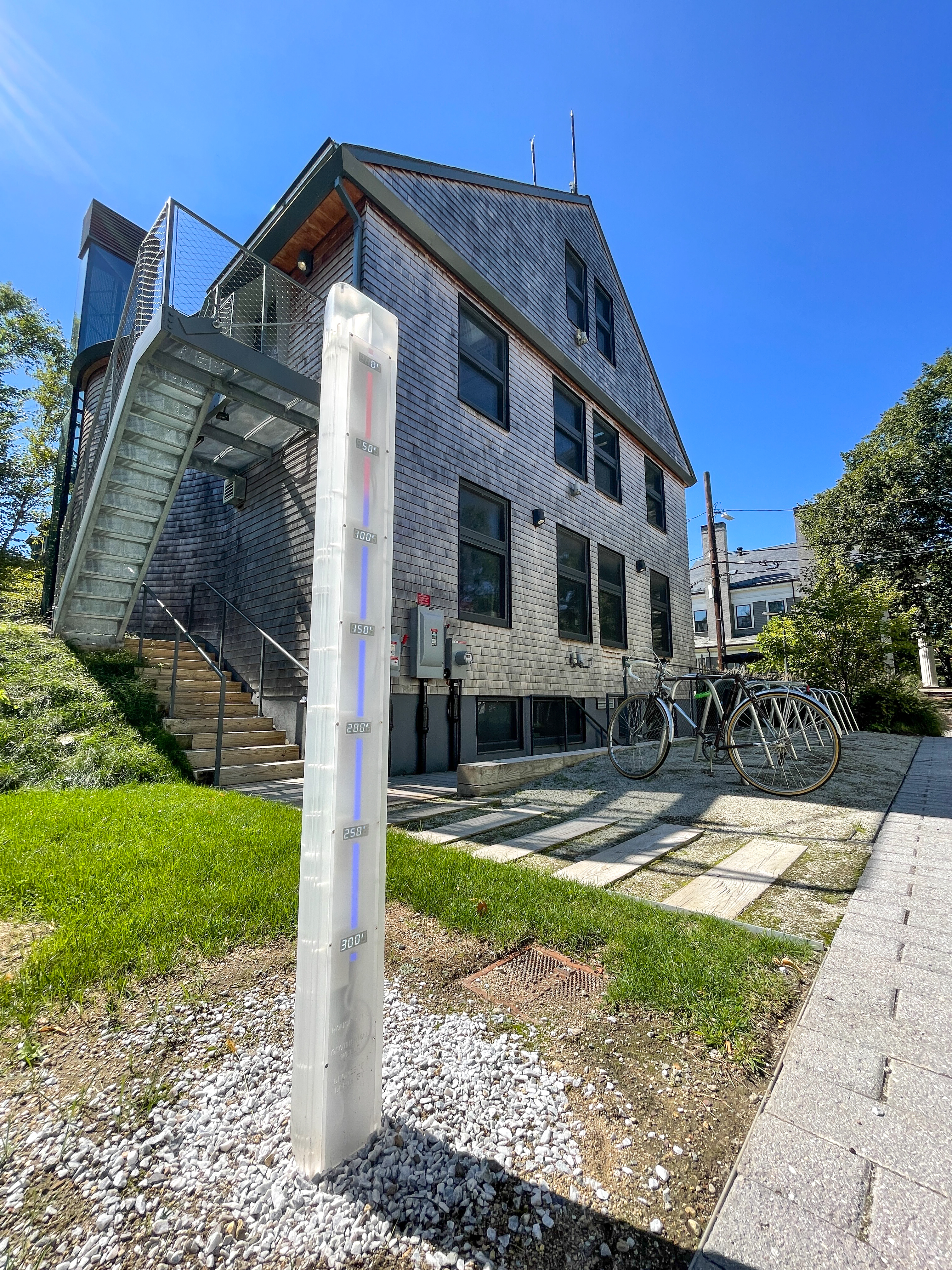

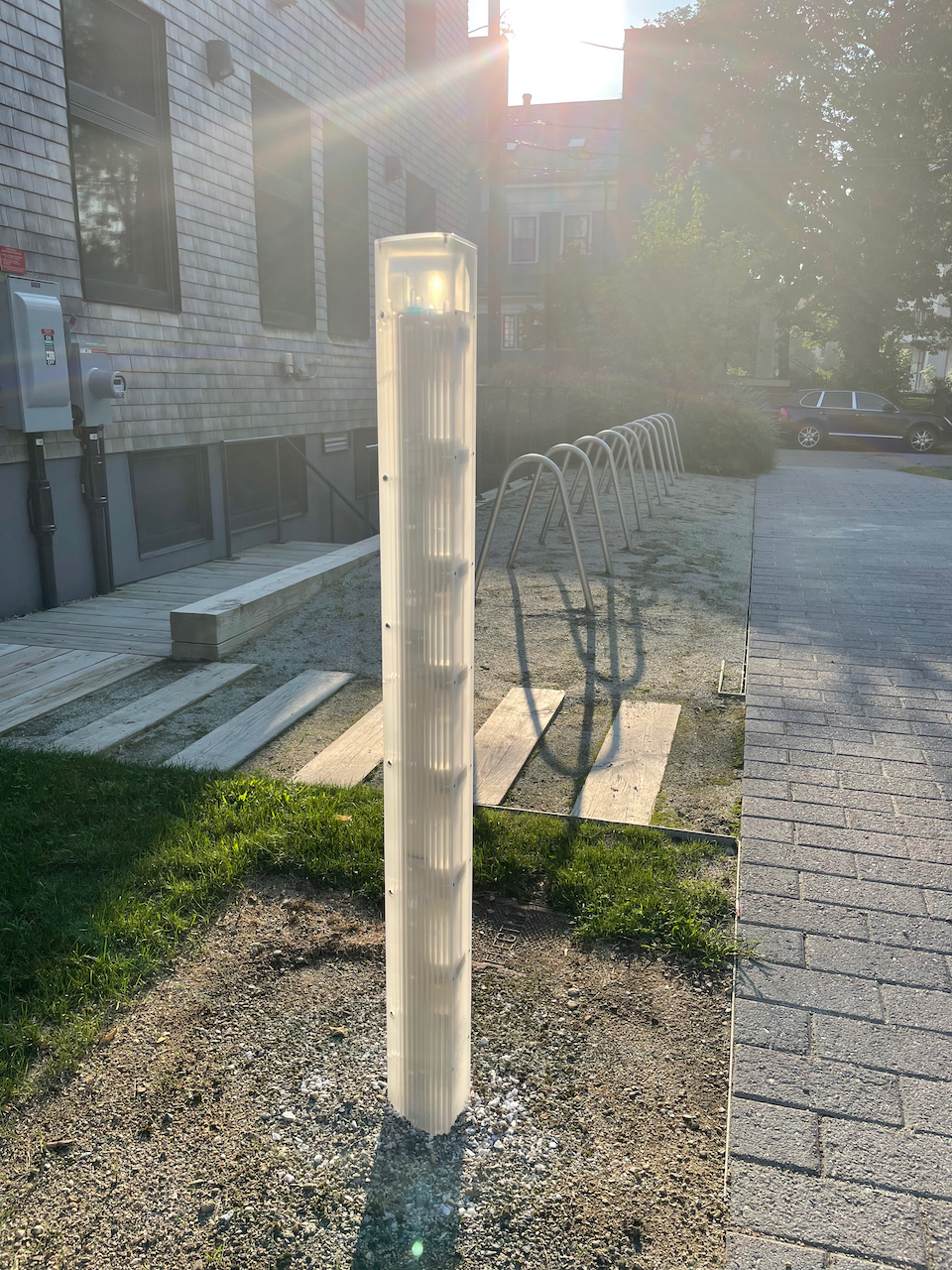
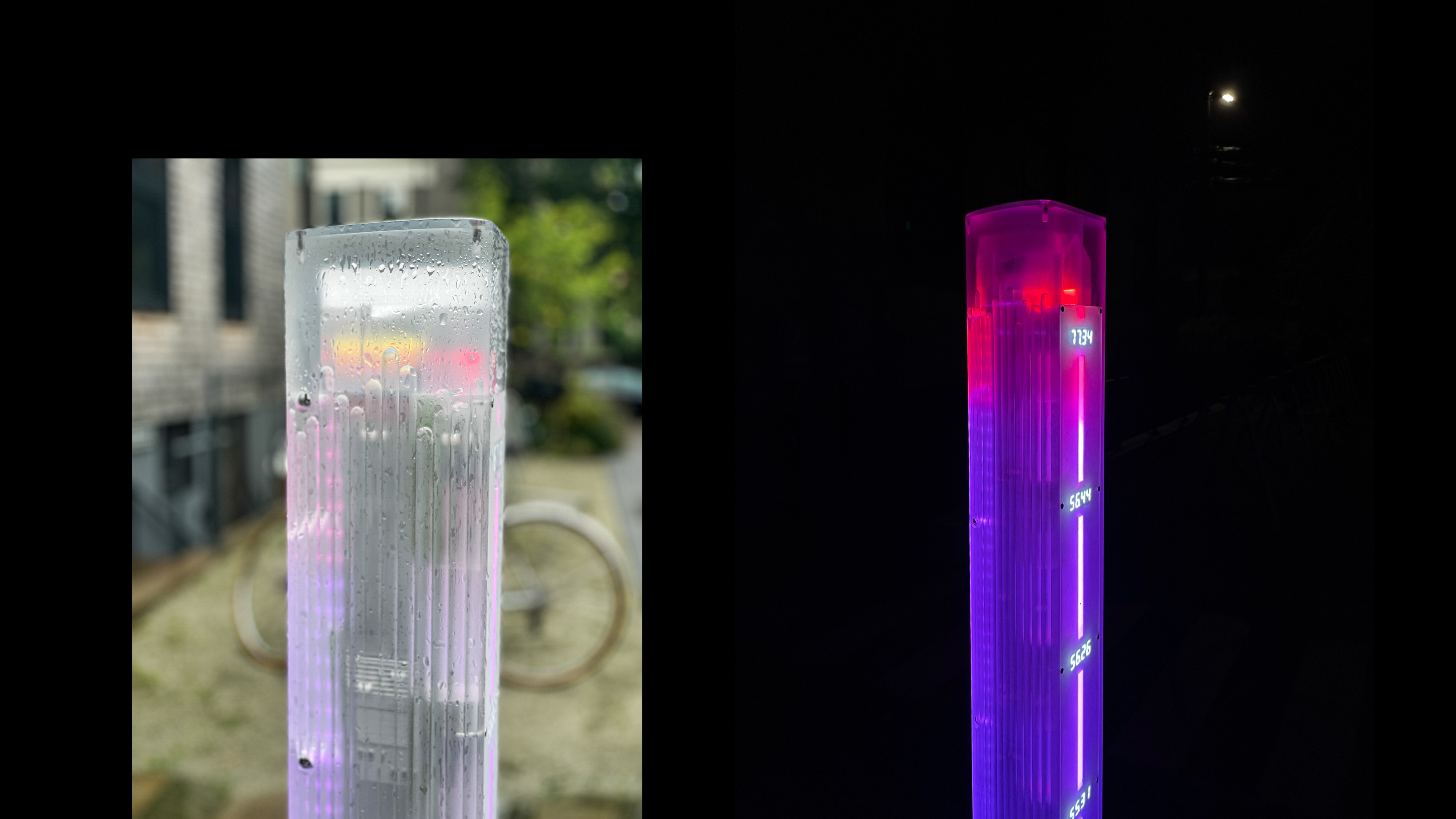

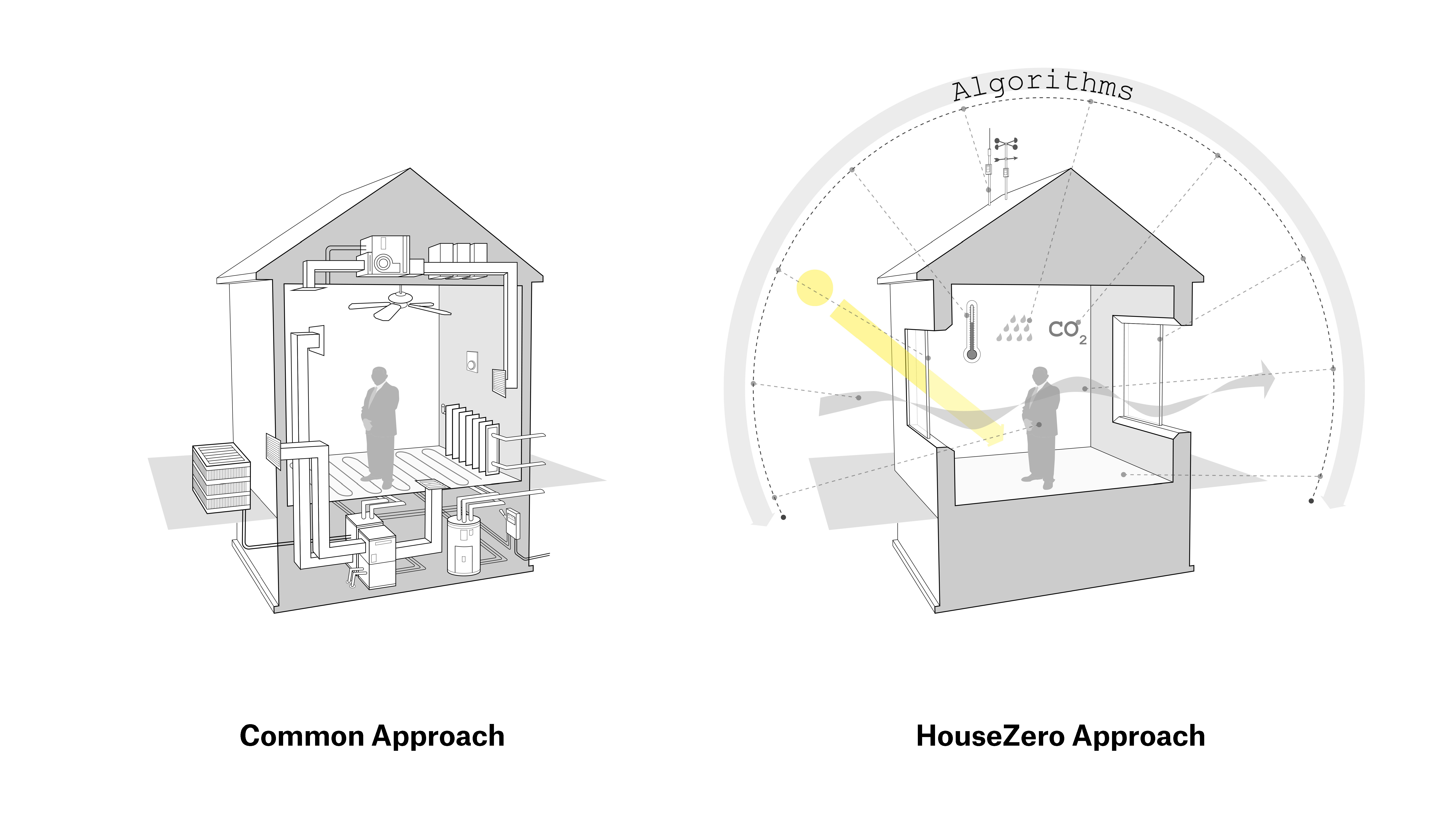 *House Zero diagrams image credit (c) Harvard CGBC.
*House Zero diagrams image credit (c) Harvard CGBC.
Fabrication:
This sculpture was CNC milled out of 6-ft long solid blocks of acrylic, chosen for its non-yellowing properties for long-term use. The frosted, fluted acrylic surface transitions through time, changing from semi-transparent at day, to translucent at afternoon, to glowing with color at night.
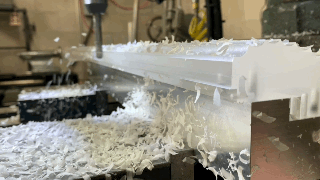
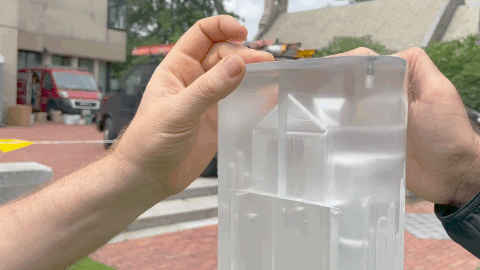


Electronics:
The sculpture uses ESP32s and Seven-Segment displays to receive and show the underground temperatures, and a center LED strip augmented with edge-lit acrylic to show the changes in temperature through the seasons via color gradients of red (hot) to blue (cold).

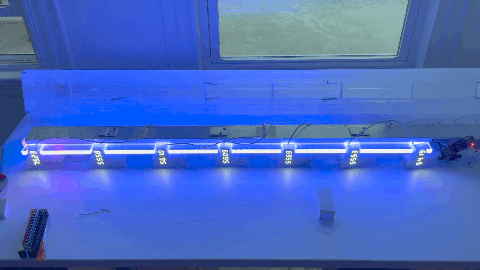
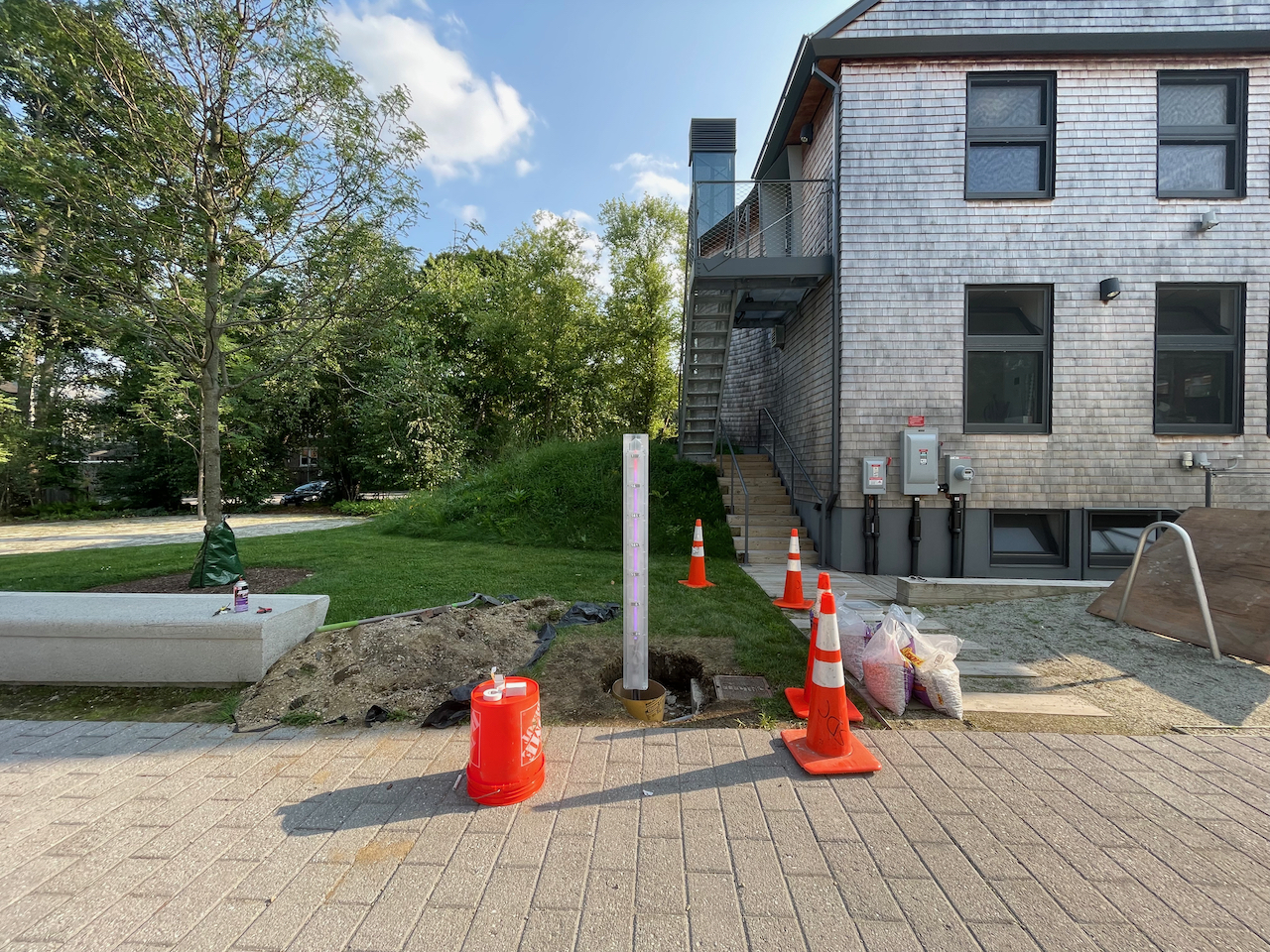
Year: 2021
Client: Harvard University Center for Green Buildings and Cities
Firm: INVIVIA
Role: Associate at INVIVIA (Project Manager and Co-Fabricator)
Team: Allen Sayegh, Peter Mabardi, Caleb Hawkins, Davide Zhang
Fabrication Consultant: Burton LeGeyt (GSD Fab Lab)